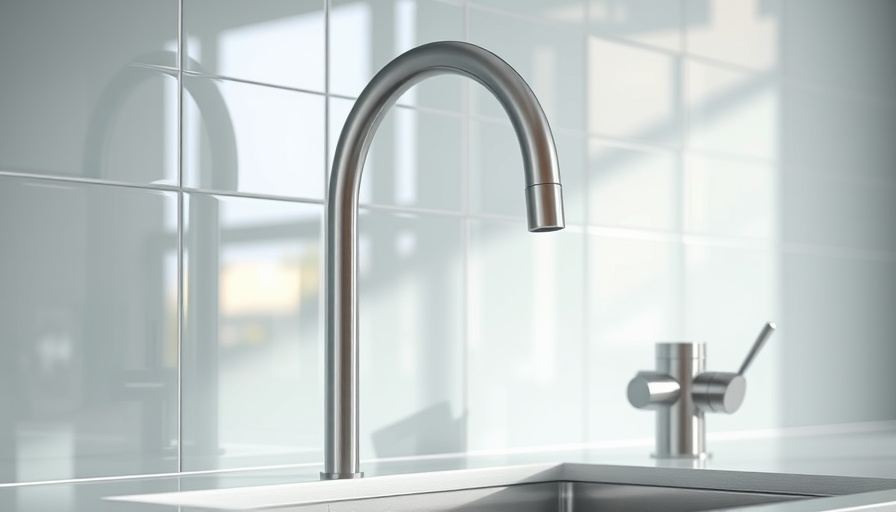
The Future of Tile Design: A Look Ahead to 2025
As we approach 2025, the world of home design is evolving to reflect not just aesthetic choices, but also values surrounding sustainability and innovation. Homeowners are more discerning than ever, seeking tiles that enhance both visual appeal and functionality, while also considering their environmental impact. In this article, we examine the top tile choices of 2025—each merging design with purpose.
1. The Rise of Glass Tiles
Glass tiles are set to dominate homes in 2025, not only for their reflective beauty but for their capacity to transform spaces by harnessing light. These tiles are perfect for kitchens and bathrooms, known for their durability and resistance to mold. With a variety of finishes—both glossy and matte—homeowners can craft unique atmospheres. To select the ideal glass tile, consider the interplay between your tile color and your room's existing tones, maintaining harmony across all surfaces. Experimenting with different accents, using samples under various lighting conditions, can help ensure the perfect match.
2. Reinvented Subway Tiles: A Classic with a Twist
The classic subway tile is undergoing a resurgence, with homeowners seeking distinctive finishes and textures that push traditional boundaries. Look for handmade tiles that lend character or metallic glazes that contribute a modern flair. Combinations of beveled edges or mixed finishes can create visual interest, while alternative layouts—such as herringbone or vertical stacking—provide opportunities for dramatic stylization. These modern adaptations allow continued use of this staple design element while injecting fresh energy into spaces.
3. Textured Tiles that Add Dimension
Textured tiles are making a strong statement in 2025, breathing new life into spaces by adding depth and warmth. Textured surfaces not only engage the eye but can also enhance tactile experiences, inviting touch. Whether a subtle texture on a backsplash or a bold pattern on a feature wall, these tiles play an essential role in creating dynamic environments. Select textures that resonate with your personal style and complement surrounding elements for a cohesive look.
4. Sustainable Choices: Eco-Friendly Options
In conjunction with aesthetic appeal, the materials used for tiles in 2025 are gravitating towards sustainability. Recycled materials, natural stone, and sustainably sourced ceramics are increasingly in demand. Homeowners are driven by both environmental responsibility and the timeless beauty these materials offer. When selecting tiles, consider products that are produced sustainably, and those that undergo minimal waste creation during manufacturing. Features like low VOC content ensure that indoor air quality is preserved, fostering a healthier living environment.
5. Innovations in Installation Techniques
As tile technology advances, so do installation methods. New adhesive technologies and installation materials have arrived, allowing for quicker, more resilient tile applications. Innovations such as self-leveling underlays or peel-and-stick tiles make DIY installations feasible for homeowners. Ultimately, these developments reduce labor costs and enhance usability, making it simpler for individuals to take on home renovation projects.
Final Thoughts
In 2025, the landscape of tile design is anything but static. Homeowners are encouraged to explore and embrace a variety of options that meld aesthetic pleasure with sustainable practices. In doing so, they not only enhance their living spaces but also weather the uncertainties of environmental changes by opting for responsible and innovative products. As we pave the way forward, the key lies in acknowledging the fusion of form, function, and sustainability in our material choices for the home.
Staying informed on the latest trends in tile selection can transform your living environment significantly. Choose wisely, consider sustainability, and enjoy the multitude of choices available as you design or renovate your home.
 Add Row
Add Row  Add
Add 




Write A Comment